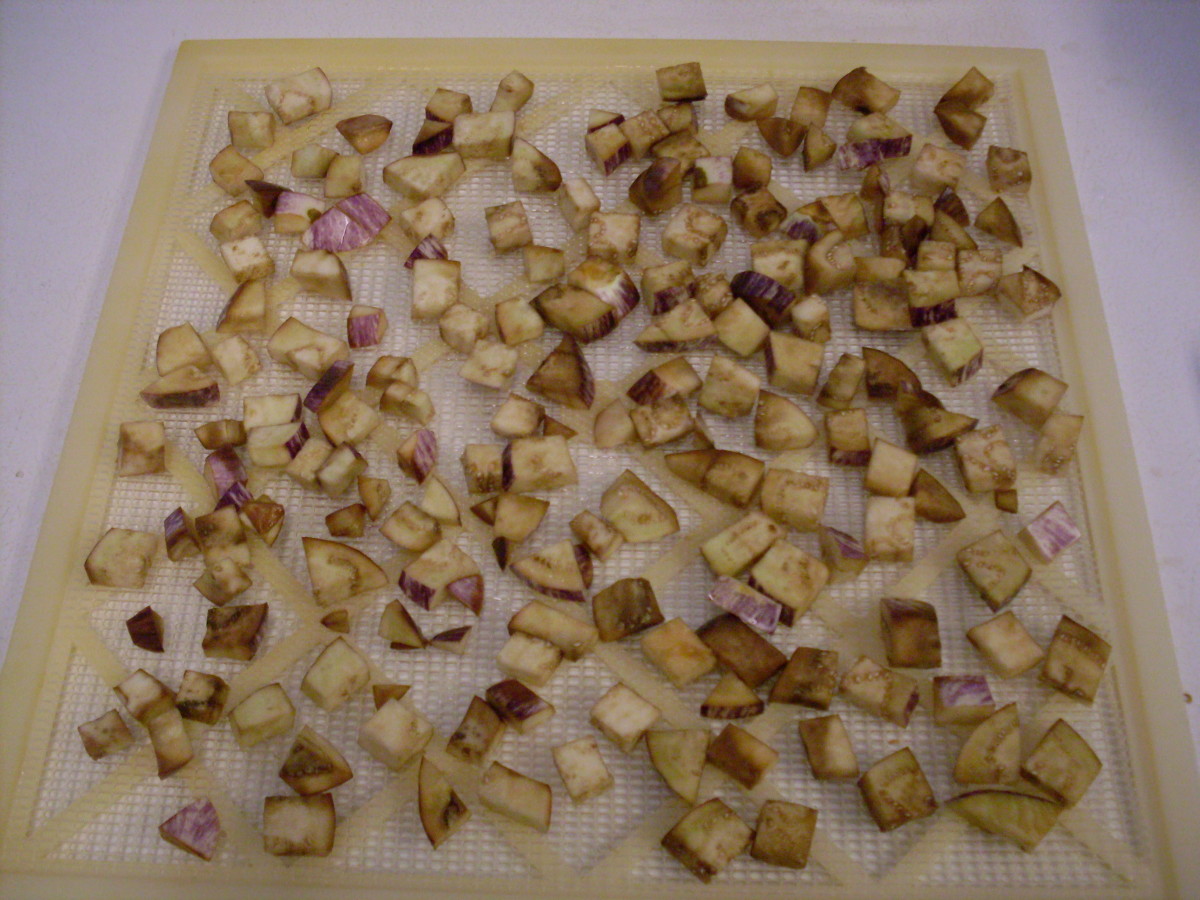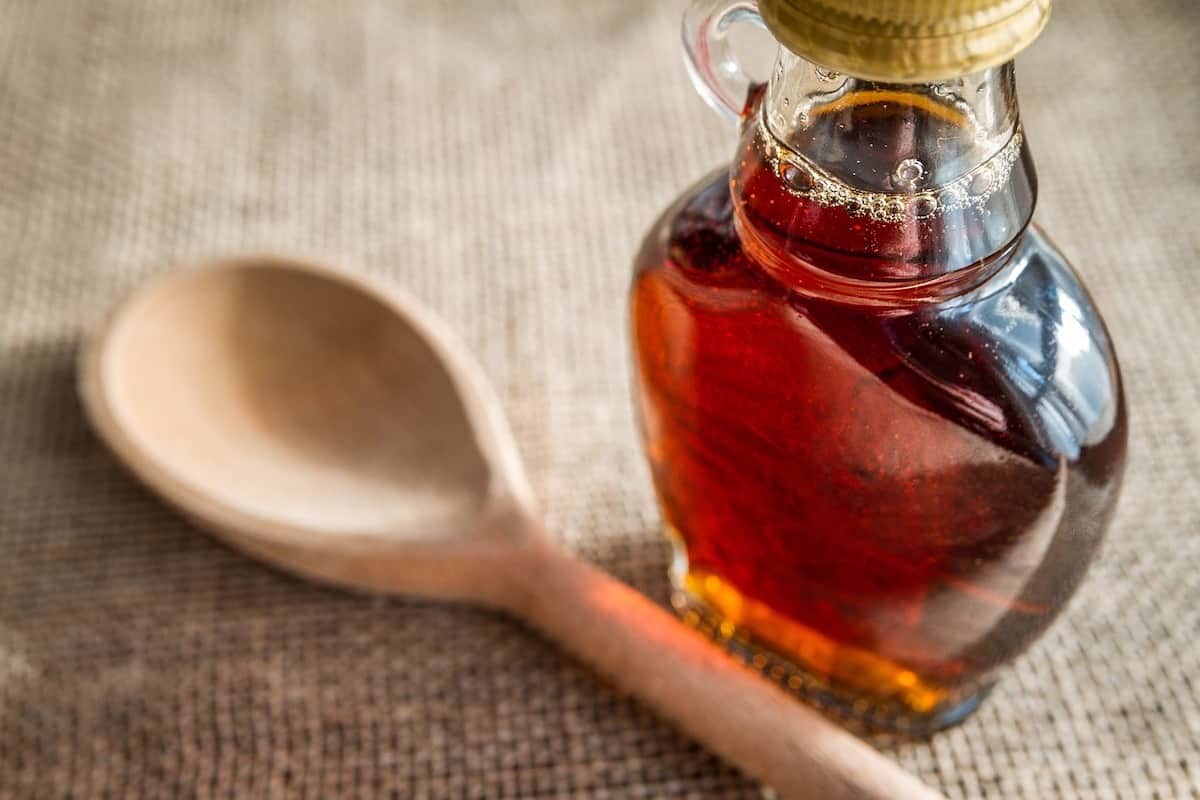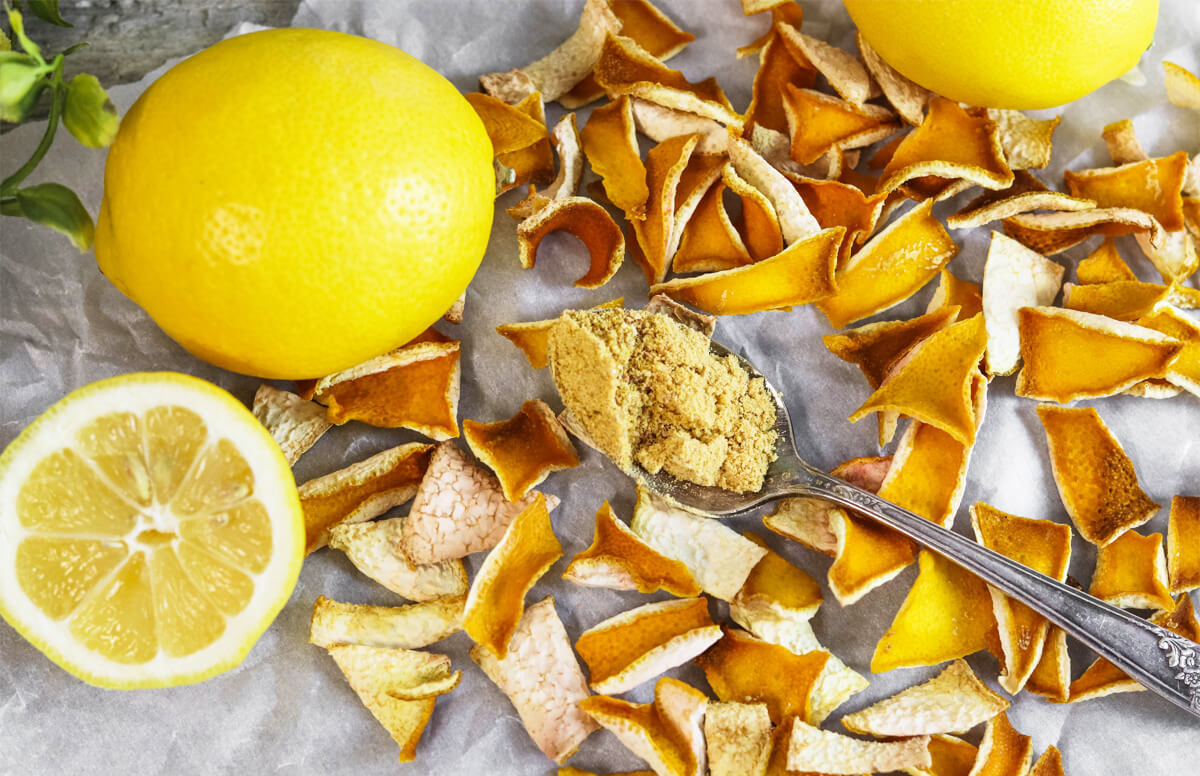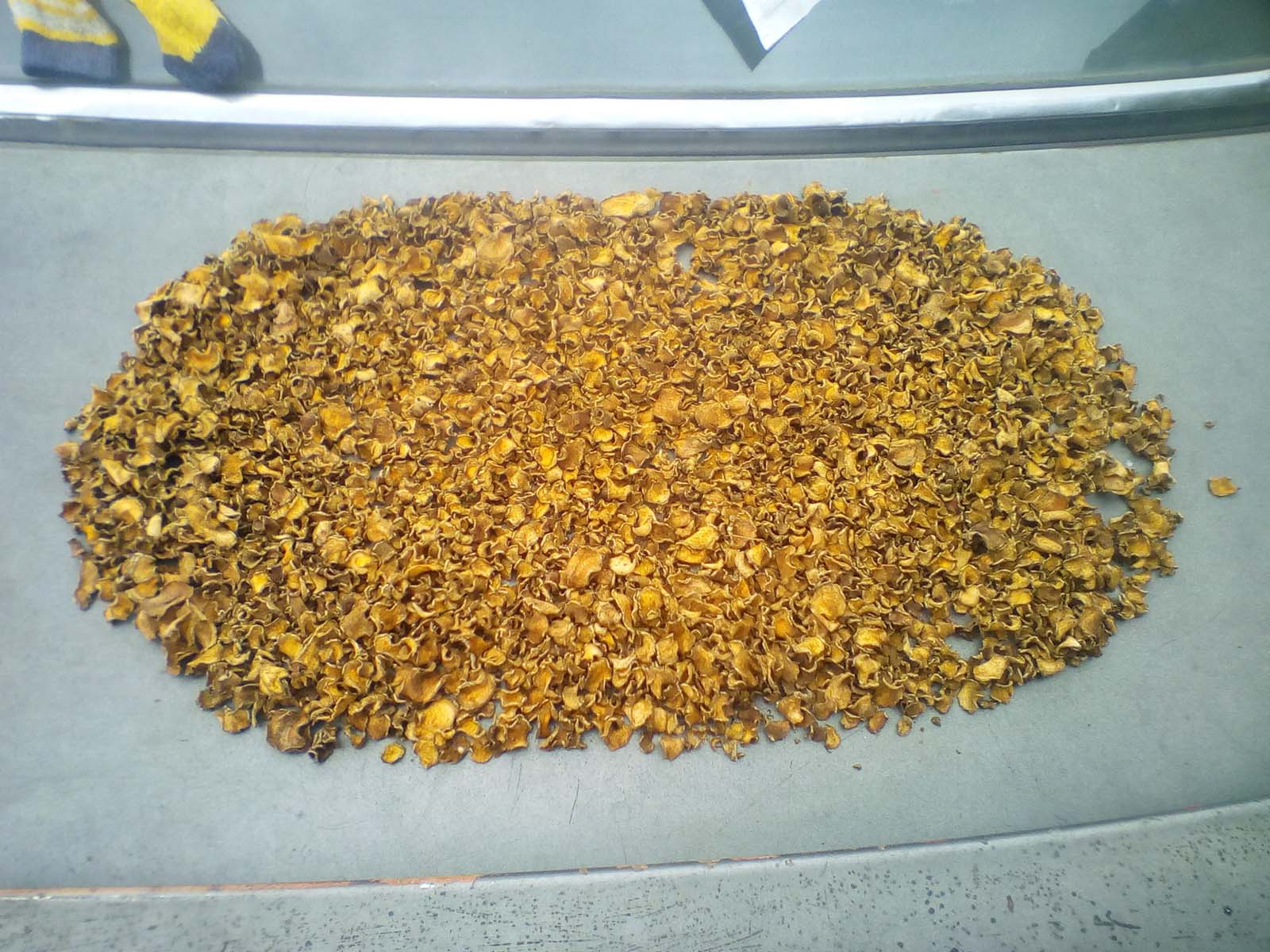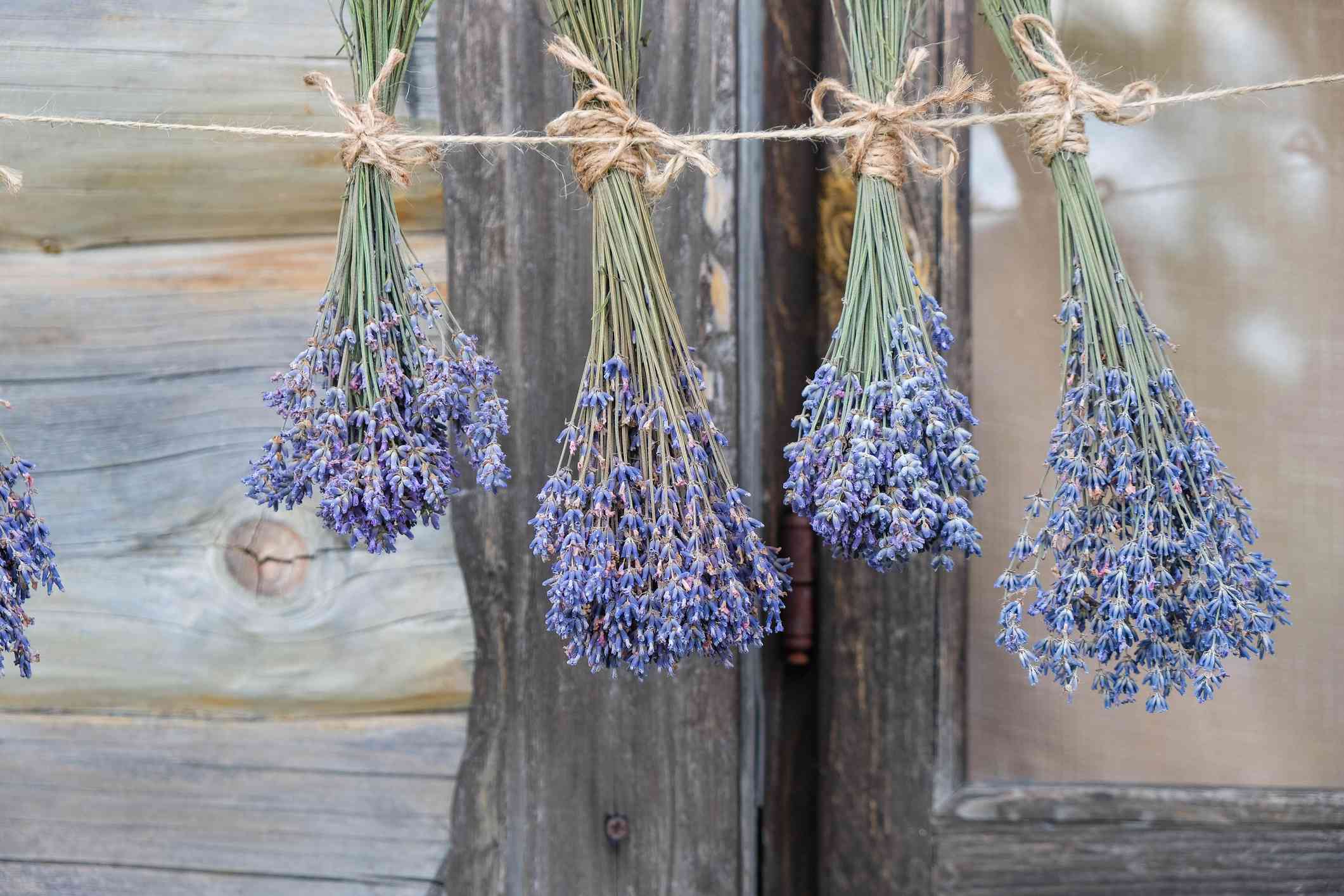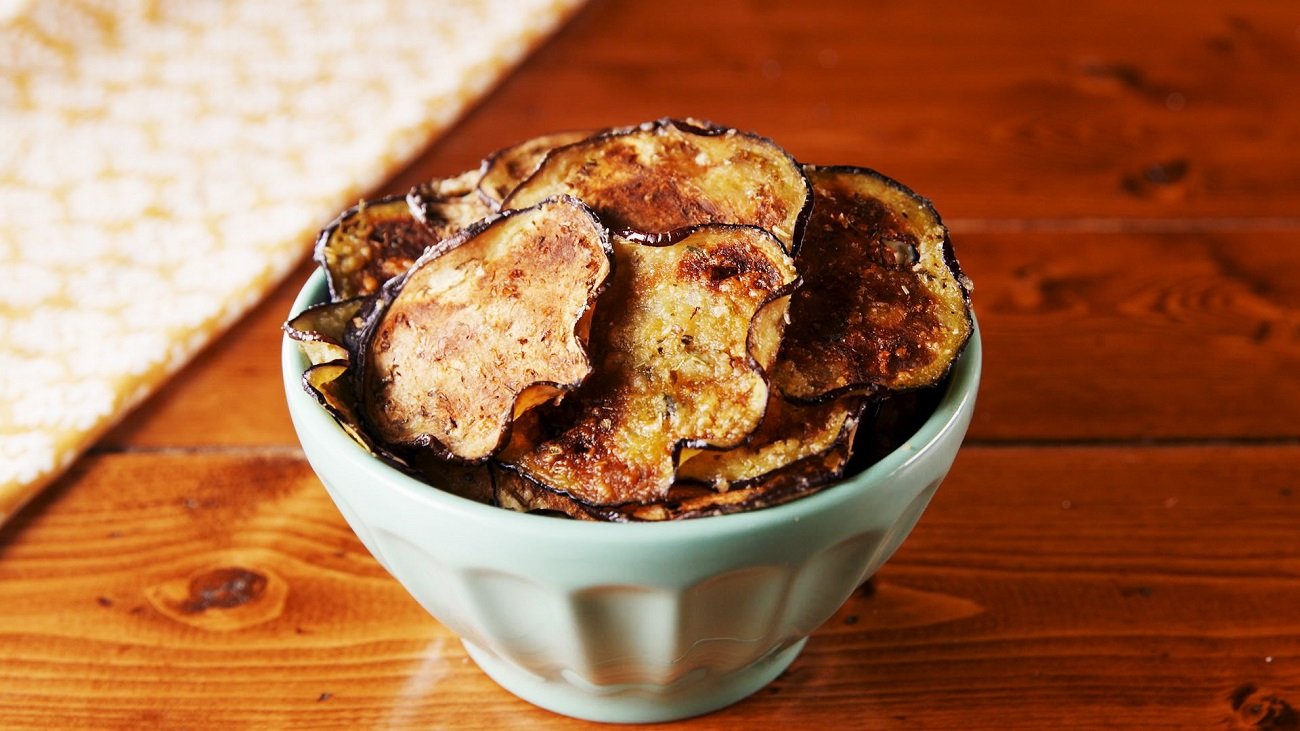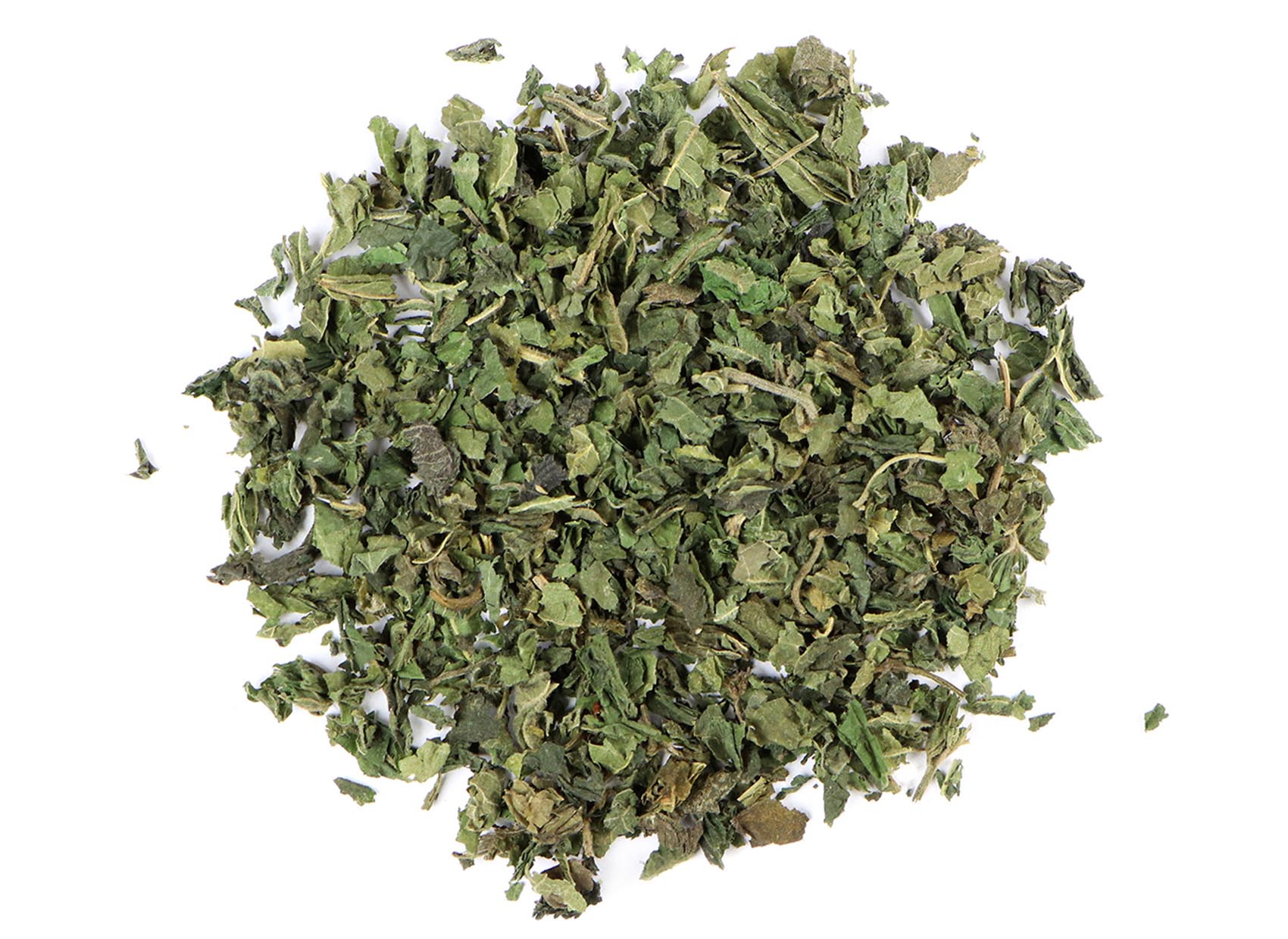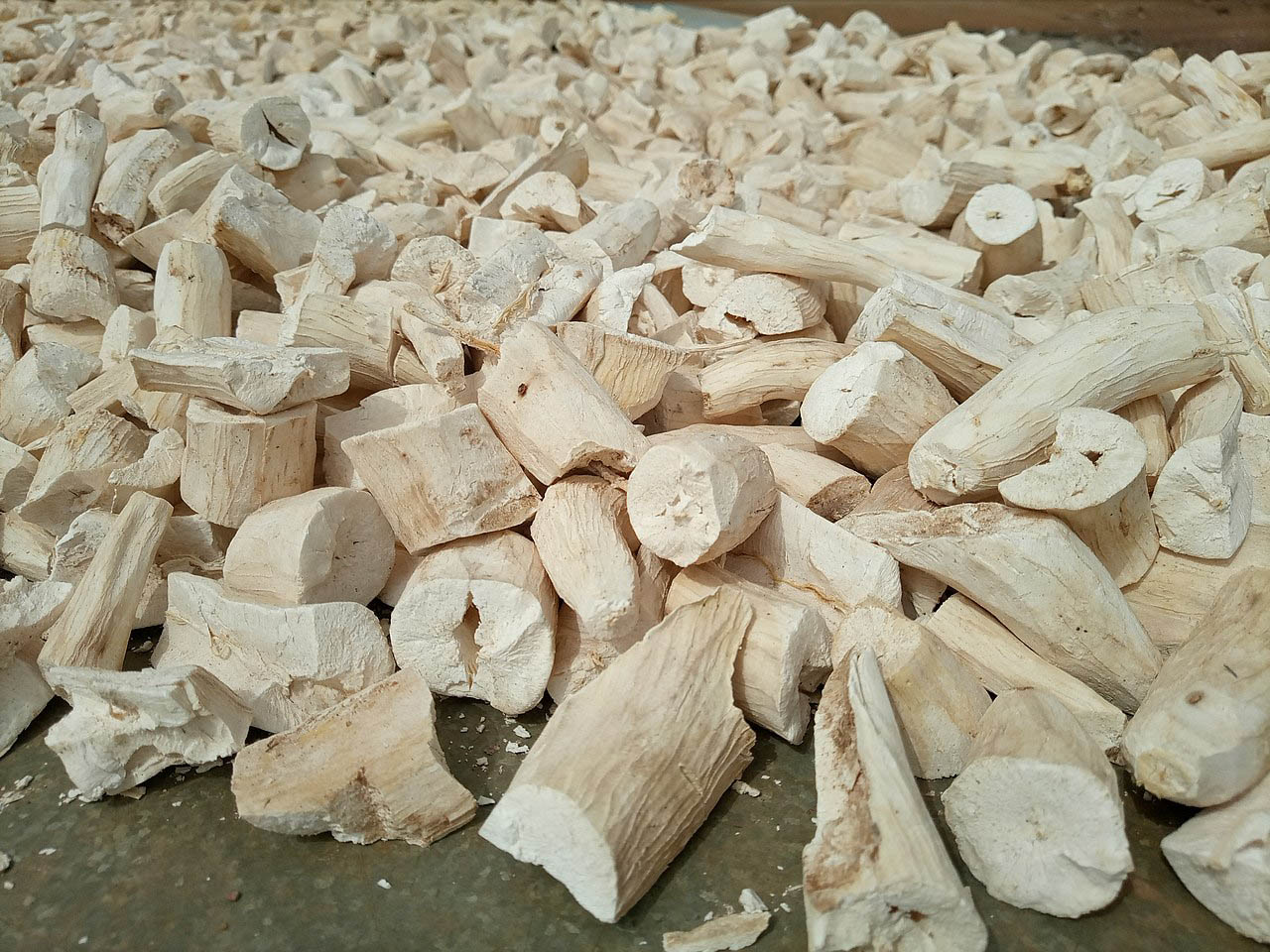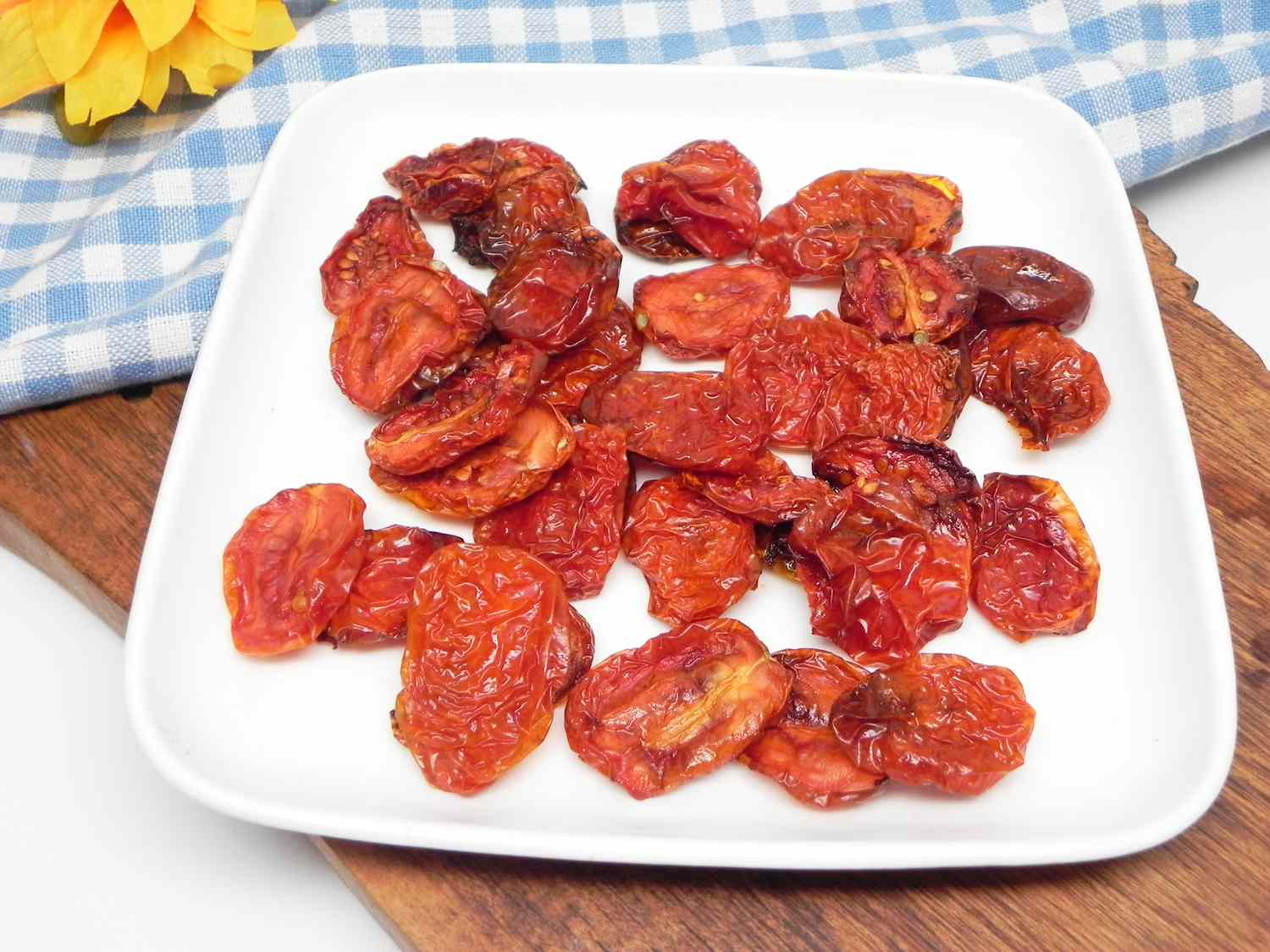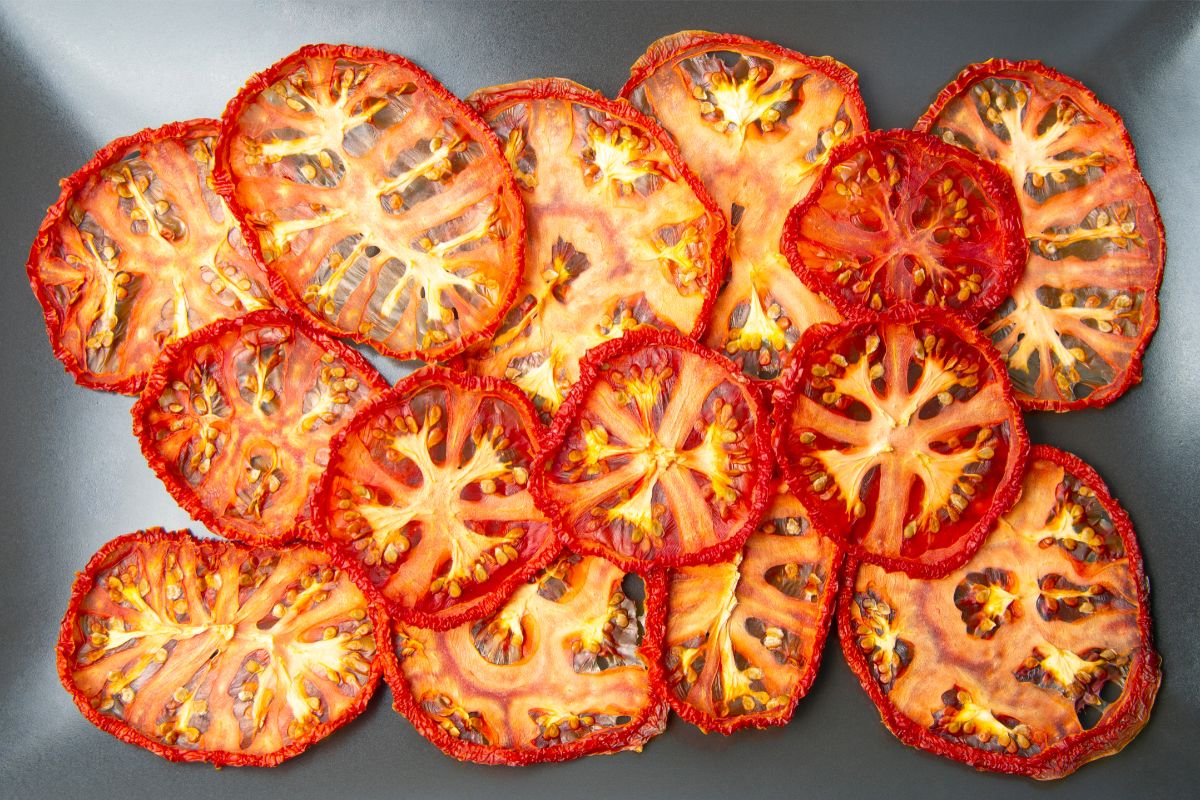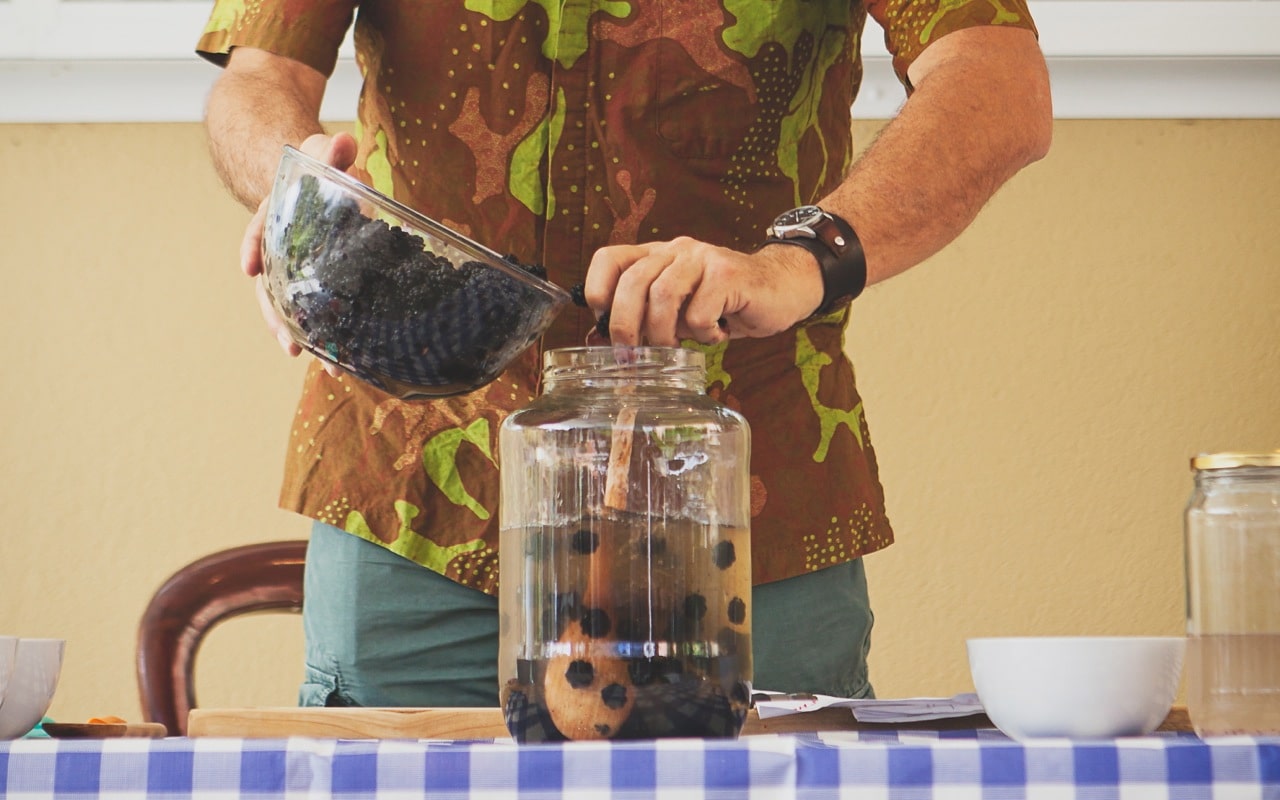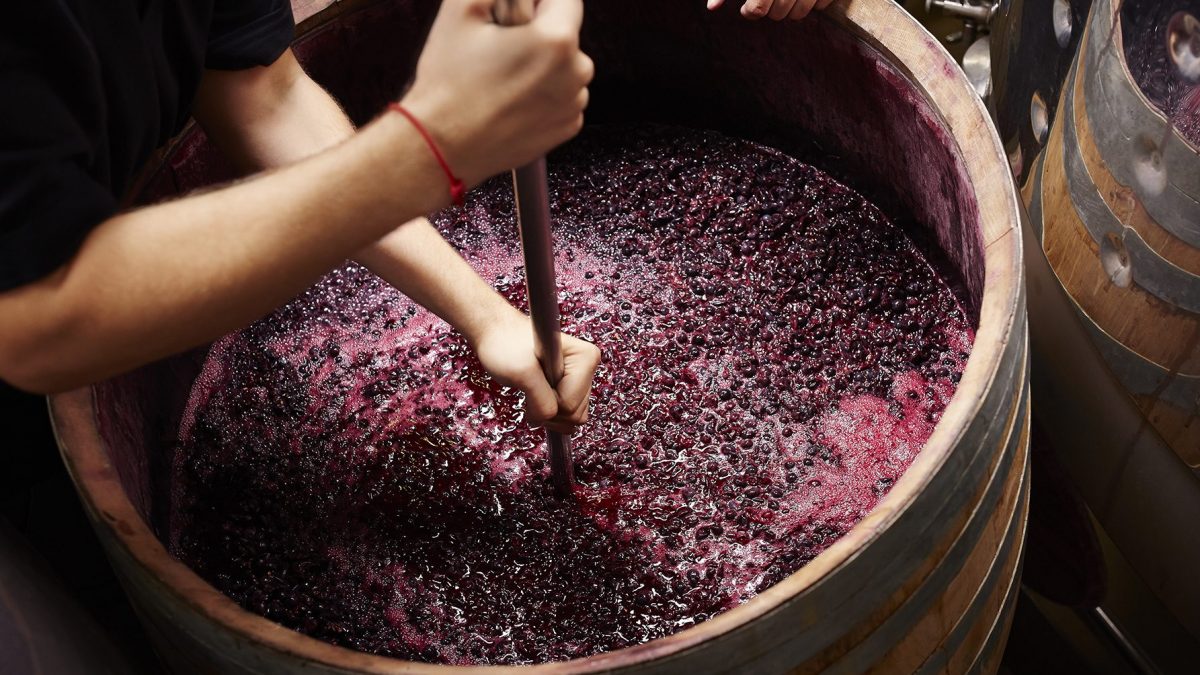Dehydrating Hibiscus Flowers: A Step-by-Step Guide
Dehydrating hibiscus flowers is a wonderful way to preserve their vibrant color and unique flavor for use in teas, infusions, and culinary creations. Whether you’re a seasoned food enthusiast or a curious beginner, this simple guide will walk you through the process of dehydrating hibiscus flowers to perfection.
What You’ll Need
Before you begin, gather the following supplies:
- Fresh hibiscus flowers
- Dehydrator or oven
- Baking sheet (if using the oven)
- Parchment paper
- Airtight storage container
Step 1: Prepare the Flowers
Start by gently rinsing the hibiscus flowers under cool water to remove any dirt or debris. Pat them dry with a clean kitchen towel or paper towels. Carefully remove the petals from the stem, discarding any damaged or discolored petals.
Step 2: Arrange the Flowers
If you’re using a dehydrator, lay the hibiscus petals in a single layer on the dehydrator trays, making sure they are not touching or overlapping. If you’re using an oven, line a baking sheet with parchment paper and arrange the petals in a single layer.
Step 3: Dehydrate the Flowers
Option 1: Using a Dehydrator
- Set the dehydrator to a low temperature, around 95°F to 115°F (35°C to 46°C).
- Place the trays in the dehydrator and allow the hibiscus petals to dry for 6 to 8 hours, or until they are completely dry and brittle to the touch.
Option 2: Using an Oven
- Preheat your oven to the lowest setting, usually around 150°F (65°C).
- Place the baking sheet in the oven and prop the door open slightly to allow moisture to escape.
- Check the petals every 30 minutes, rotating the baking sheet if necessary, until they are dry and brittle, which may take 2 to 3 hours.
Step 4: Store the Dehydrated Flowers
Once the hibiscus petals are fully dehydrated, allow them to cool to room temperature. Then, transfer them to an airtight storage container, such as a glass jar or a resealable plastic bag. Store the container in a cool, dark place away from direct sunlight and moisture.
Using Dehydrated Hibiscus Flowers
Now that you have beautifully dehydrated hibiscus flowers, you can use them in a variety of ways:
- Steep the petals in hot water to make hibiscus tea.
- Add them to homemade potpourri for a delightful fragrance.
- Grind them into a fine powder to use as a natural food coloring or flavoring agent.
- Infuse them into syrups, vinegars, or spirits for a floral twist.
With these simple steps, you can easily dehydrate hibiscus flowers to enjoy their beauty and flavor long after their season has passed. Whether you’re crafting culinary delights or simply savoring a soothing cup of hibiscus tea, the vibrant essence of these flowers will always be at your fingertips.
Using the guide on how to dehydrate hibiscus flowers, readers can delve into a variety of exciting recipes. For a refreshing drink, try making Hibiscus Lemonade or Hibiscus Iced Tea, both perfect for a hot day and full of vibrant flavors. If you're interested in experimenting with cocktails, the Hibiscus Margarita offers a unique twist on a classic favorite. For those who enjoy culinary adventures, the Hibiscus-Glazed Chicken provides a savory and slightly tangy dish that's sure to impress. Finally, for a sweet treat, the Hibiscus and Berry Jam brings a delightful burst of flavor to your morning toast or dessert. These recipes not only showcase the versatility of dehydrated hibiscus flowers but also add a delightful touch to your culinary repertoire.
Was this page helpful?
Read Next: How To Dehydrate Whole Okra
